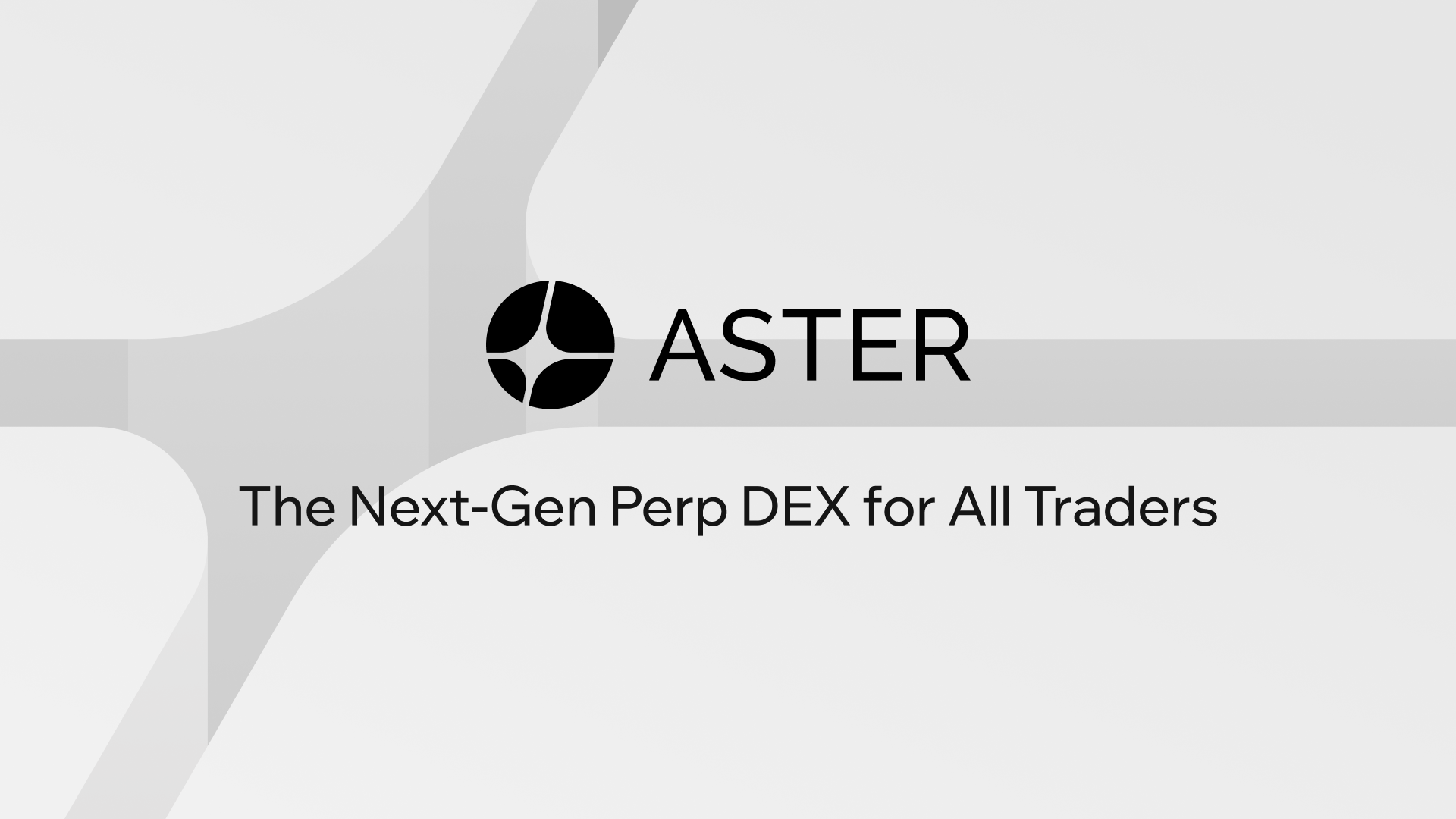Whoa! This stuff moves fast. I woke up one morning last year and saw my feed filled with promises of easy APY, double-digit yields, and unicorns. My instinct said run, but curiosity kept me scrolling. Initially I thought high yield meant high chance of getting burned, but then I started to map the mechanics and realized there are repeatable strategies that make sense (if you accept risk and do the homework).
Seriously? Yep. Staking on Polkadot is less flashy than some yield farms, but it’s foundational. You stake DOT to validators or use liquid staking to keep capital active, and you earn protocol-level rewards. Longer lockups often mean higher yields, though that also reduces your flexibility. Understanding the validators’ commission, uptime, and slashing history is the difference between steady returns and a nasty surprise.
Here’s the thing. When you nominate, you’re putting faith in someone else. Choose well. Check performance metrics and community reputation. Also—diversify across validators; don’t concentrate. Somethin’ like five to eight nominators across validators tends to balance reward variance and slashing exposure.
Whoa! Short aside—liquid staking tokens (LSTs) are getting real traction. They give you “staked” exposure while keeping capital liquid enough for DeFi use. That means you can compound: stake DOT, get LST, then provide liquidity or farm with the LST. But be careful about the peg and protocol risk—if the LST issuer has bugs, your ostensibly liquid position can behave very differently.
Hmm… token swaps on Polkadot are a different animal. Pools live across parachains and bridges, and execution quality depends on routing and pool depth. Slippage and fees matter, particularly for large trades or illiquid pairs. That said, Polkadot’s architecture reduces some cross-chain friction, making swaps potentially cheaper than jumpy, congested chains. Still—check the pool’s depth and the historic price impact before you push the button.
Whoa! I tried swapping a mid-cap asset last month and the quoted price looked fine. The actual fill varied. My first impression was that the DEX quoting engine was lying, though actually, wait—latency and route selection explained the gap. Initially I thought the problem was slippage alone, but then realized the route traversed a low-liquidity pool and a bridge with delay, which magnified price movement. The lesson: watch quoted routes and simulate with small test trades.
Okay, so check this out—yield farming still works, but the game has shifted. High APRs on token incentives are often temporary. Farms rely on emissions of native tokens that can dump into the market. If you chase headline APR without assessing tokenomics and vesting schedules, you can eat a lot of short-term pain. Look for farms that have clear, sustainable incentive design and ideally an on-chain treasury or buyback mechanism.
Whoa! There’s also impermanent loss to consider when you provide liquidity. With volatile token pairs, IL can exceed your farming yield. Stable-stable pools lower that risk, but they also tend to have lower base fees and often lower incentives. A hybrid approach works: allocate some capital to stable LPs for steady yield and some to volatile LPs when you see durable incentives and deep liquidity.
I’ll be honest—some projects overpromise and underdeliver. This part bugs me. Audit badges are a start but not a guarantee. Read the audit scope, not just the badge, and examine whether the audit firm is reputable. Also check the dev team’s on-chain behavior; vested tokens, lockups, and multisig controls matter. Governance design and timelocks are practical safeguards.
Whoa! Risk layering helps. Layer one is protocol risk: bugs, oracle failures, or bridge exploits. Layer two is economic risk: token inflation and liquidity drying up. Layer three is operational: UI bugs, mistakes in migration scripts, or wallet errors. If you treat each layer separately you can build mitigation steps—like trimming exposure around token unlocks, or moving LP tokens to safer vaults before major upgrades.
Seriously? Here’s a practical checklist I use before committing capital: check TVL trends, review reward token dilution schedules, inspect validator uptime (for staking), simulate swaps at your target size, and read short-form community notes about recent incidents. Also run a small pilot. If the pilot behaves as expected for a week, scale up slowly. Small steps save many headaches.

Where I actually deploy capital (and why)
I split capital across three buckets: core staking for long-term yield, strategic swaps and LP for tactical opportunities, and short-duration farms for momentary incentives. I tend to favor projects that integrate on Polkadot’s parachain ecosystem because the UX for cross-chain moves is smoother. If you want to check a DEX I’ve been experimenting with recently, peek at https://sites.google.com/walletcryptoextension.com/aster-dex-official-site/ —their routing and fee model made small tactical swaps cheaper in my tests, though I’m not endorsing any particular outcome.
Whoa! One more tactic—use automated vaults for compounding when possible. Vaults reduce manual harvest friction and front-run risk on rewards, but they add smart-contract exposure. Weigh the convenience against the additional third-party code. A very very common pattern is: manual LP if you monitor constantly, vault if you want to set-and-forget for a season.
Hmm… tax and accounting are practical. Don’t ignore them. Farming produces many taxable events, especially when rewards are auto-sold or swapped. Keep records and, yes, that includes small trades—thresholds vary by jurisdiction. If you’re in the US, consult a tax pro who understands crypto; I’m biased, but it’s cheaper than surprises at filing time.
Whoa! Keep an eye on macro liquidity events. Token unlocks, big vesting cliffs, or DAO treasury rebalances can compress or expand yields across the board. On one hand those events create opportunities to pick up cheap LP positions. On the other—they can spike volatility and widen spreads for hours or days. Timing matters.
FAQ
How much DOT should I stake versus keep liquid?
It depends on time horizon. If you’re playing long-term, staking 60–80% can be reasonable, keeping a buffer for trading and margin. If you need on-demand exposure, use liquid staking token wrappers and accept LST-specific risk. Do small tests to confirm the LST peg behavior under stress.
Can I avoid impermanent loss?
Not entirely, though you can reduce it. Use stable-stable pools, choose deep pools, or hedge with derivatives when available. Some protocols offer IL protection or insurance, but those come at a cost that lowers net yield—so model the math before you join.
Okay—final note. I’m not 100% sure about every new mechanic that crops up; innovation moves faster than my ability to thoroughly vet everything. That keeps me skeptical and occasionally excited. The pragmatic trade-off: be curious, but be methodical. Start small, diversify your exposures, and remember that steady, boring yield often beats flashy spikes over time. And yeah—trust but verify, always verify…
